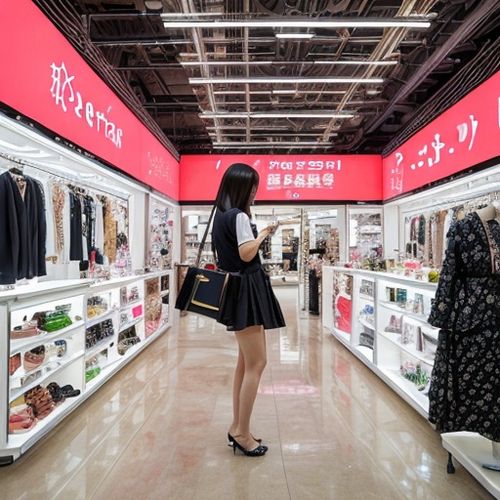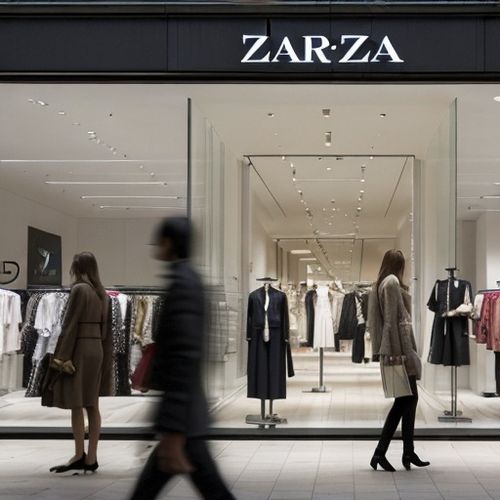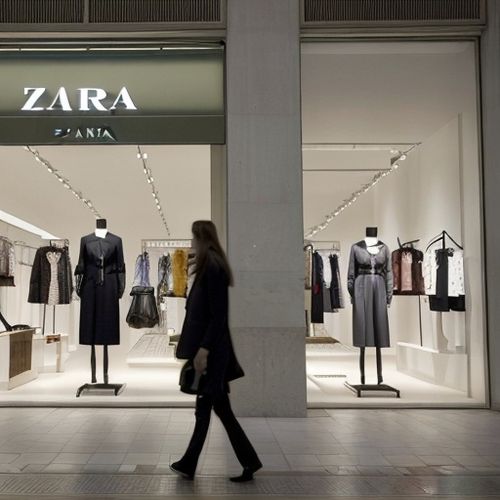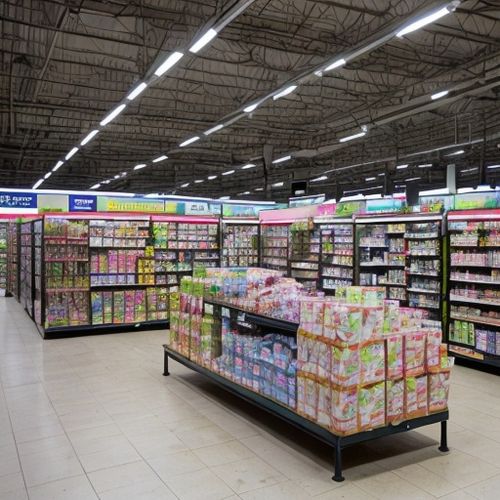Inditex, the Spanish fashion giant behind Zara, has been walking a tightrope in recent years - balancing global price increases with maintaining its hard-won market share. The retailer's delicate pricing strategy offers a fascinating case study in how global brands navigate inflationary pressures while trying not to alienate their customer base.
The parent company of Zara began implementing gradual price increases across its markets starting in 2022, a move that initially raised eyebrows among industry analysts. What made Inditex's approach remarkable wasn't the decision to raise prices - virtually all retailers were doing so amid rising costs - but rather how the company managed to do it without suffering the expected erosion of market position that typically follows such moves.
Behind the scenes, Inditex deployed what fashion industry insiders now refer to as "the velvet price hike" - a series of small, staggered increases that were carefully calibrated to stay below the psychological pain threshold for most shoppers. While competitors announced dramatic single price jumps that made headlines, Zara's increases came in waves of 2-3% every few months, barely noticeable on individual items but adding up to significant margin protection.
The company's vertical integration proved to be its secret weapon. By controlling much of its production chain, Inditex could make strategic decisions about where to absorb costs and where to pass them along. This allowed Zara to maintain its reputation for affordable fashion while quietly adjusting prices where it hurt least - a few extra euros on premium items, minor bumps on bestsellers, while keeping entry-level prices stable.
Market data reveals the strategy's effectiveness. While many fast fashion competitors saw declines in unit sales and foot traffic, Zara maintained stable customer counts with only modest decreases in items per basket. More impressively, the brand actually grew its share of wallet in several key markets as consumers traded down from higher-priced alternatives but didn't defect to cheaper rivals.
Inditex's pricing team demonstrated particular savvy in regional variations. In Europe, where inflation hit hardest, prices rose more sharply on seasonal items but remained stable on core basics. In North America, increases focused on Zara's more fashion-forward pieces while workwear staples saw minimal changes. Asian markets saw a different approach altogether, with prices holding steady but more frequent rotation of inventory to create subtle pressure to purchase.
The psychological aspects of Zara's pricing deserve particular attention. By maintaining its signature rapid inventory turnover, the company created constant freshness that made small price increases less noticeable. Shoppers conditioned to Zara's "see it now, buy it now" model remained engaged with the thrill of discovery rather than focused on creeping costs.
Inditex also made strategic use of its multi-brand portfolio to segment price increases. While Zara bore the brunt of necessary adjustments, sister brands like Massimo Dutti and Bershka saw more aggressive repositioning. This allowed the parent company to maintain price-sensitive customers within its ecosystem even as they traded across brands.
The financial results speak volumes about the strategy's success. Through 2022 and 2023, Inditex consistently outperformed rivals in both revenue growth and margin protection. Most tellingly, the company's gross margin decline was significantly less severe than industry averages, suggesting its pricing strategy effectively mitigated cost pressures.
Looking deeper, Zara's pricing power appears rooted in decades of brand equity. Unlike competitors who competed primarily on price, Zara had invested in creating perceived value through design credibility and shopping experience. This intangible value cushion allowed for price increases that would have been untenable for brands with weaker consumer connections.
The inventory management system - long Zara's competitive advantage - played a crucial role in the pricing strategy's success. By maintaining lean stock levels and rapid response capabilities, the company could test price points and quickly adjust if any increase showed signs of resistance. This created a feedback loop where pricing decisions could be made with unprecedented market intelligence.
Interestingly, Inditex's approach may have created a new playbook for retail pricing in inflationary times. The traditional binary choice between maintaining margins or maintaining share appears to have been circumvented through careful, data-driven adjustments across product categories and regions. Other retailers are now reportedly studying Zara's moves as they plan their own pricing strategies.
As the global retail environment continues to evolve, Inditex's balancing act between price and share offers lessons beyond fast fashion. The company demonstrated that in today's market, pricing strategy can't be divorced from brand equity, operational flexibility, and deep customer understanding. While no retailer has perfectly replicated Zara's model, many are now recognizing that pricing in the current era requires more finesse than brute force.
The coming years will test whether Inditex can maintain this delicate equilibrium. With inflationary pressures easing but consumer spending patterns remaining volatile, Zara's pricing team faces ongoing challenges. However, the company's recent performance suggests it has developed a nuanced approach to value proposition management that many competitors still lack.
Ultimately, Inditex's experience reveals an important truth about modern retail: in an era of economic uncertainty, pricing strategy has become as much about psychology and perception as it is about arithmetic. By understanding this deeper calculus, Zara's parent company has managed to rewrite some of retail's most fundamental rules.

By Ryan Martin/Apr 7, 2025

By Ryan Martin/Apr 7, 2025

By David Anderson/Apr 7, 2025

By Olivia Reed/Apr 6, 2025

By Daniel Scott/Apr 6, 2025

By Victoria Gonzalez/Apr 6, 2025

By John Smith/Apr 6, 2025

By Elizabeth Taylor/Apr 6, 2025

By James Moore/Apr 6, 2025

By Megan Clark/Apr 6, 2025

By Daniel Scott/Apr 6, 2025

By William Miller/Apr 6, 2025

By Samuel Cooper/Apr 6, 2025

By Amanda Phillips/Apr 6, 2025

By Natalie Campbell/Apr 6, 2025

By Noah Bell/Apr 6, 2025

By Elizabeth Taylor/Apr 6, 2025